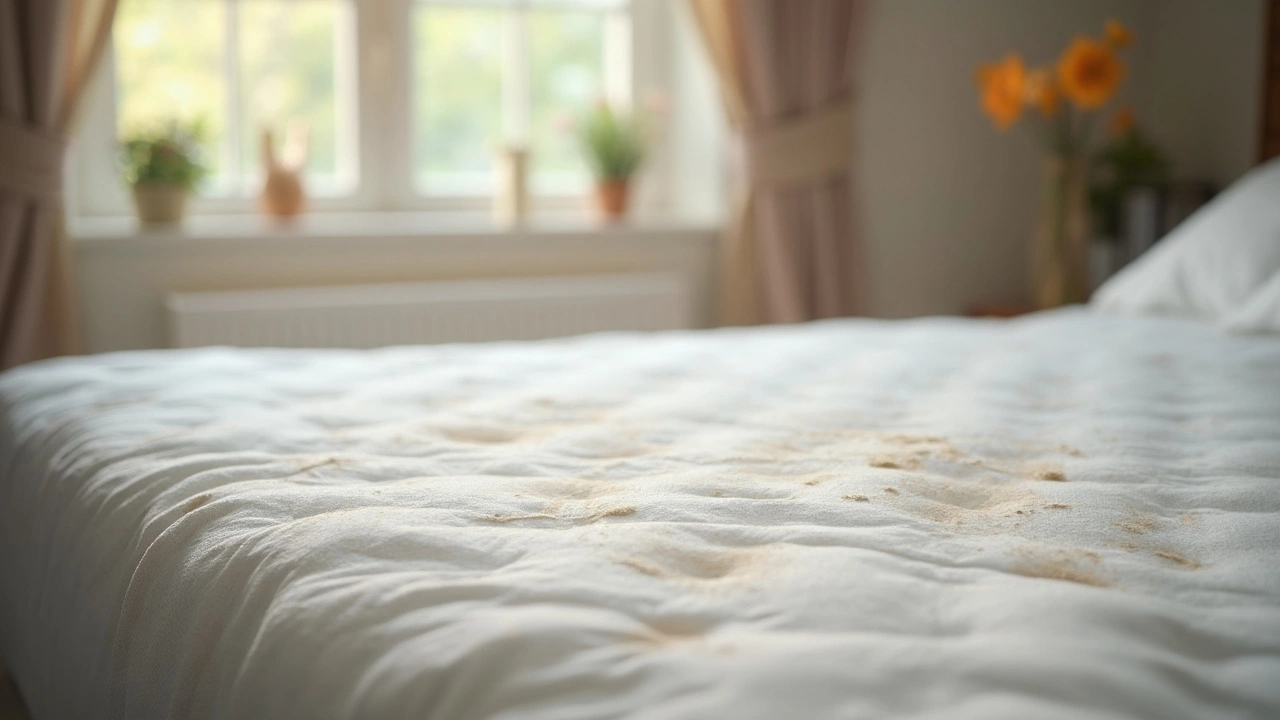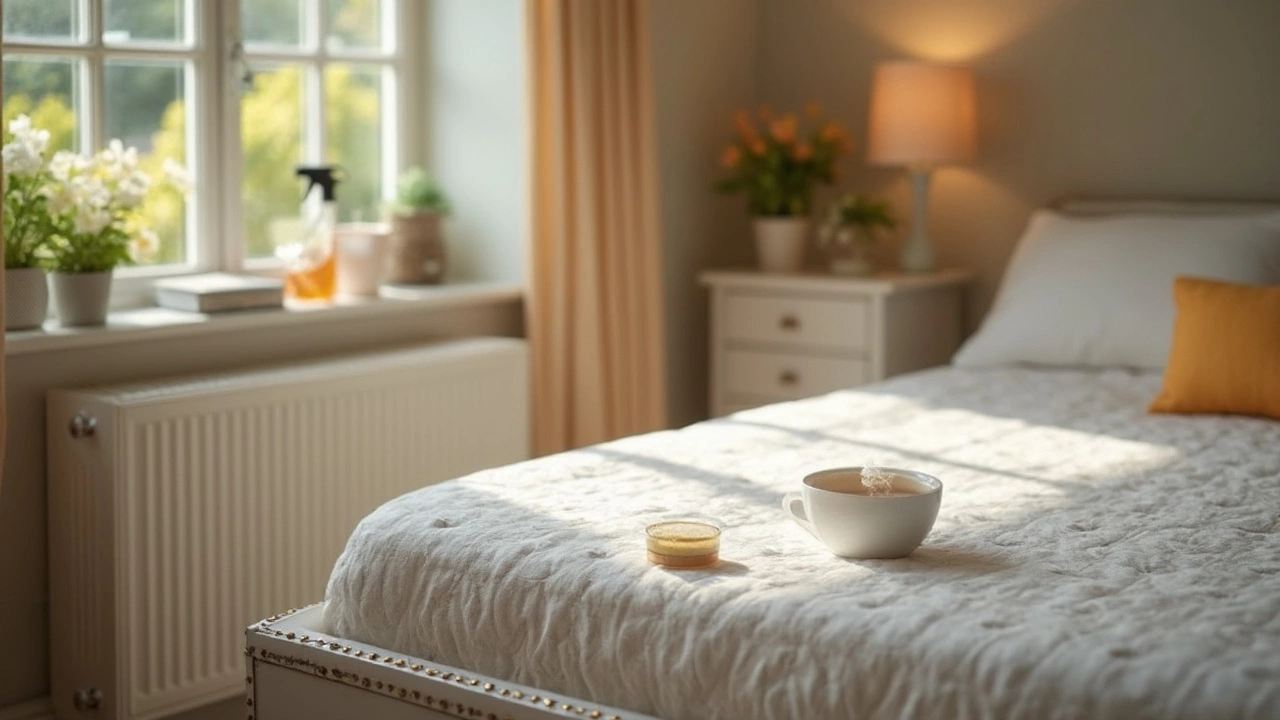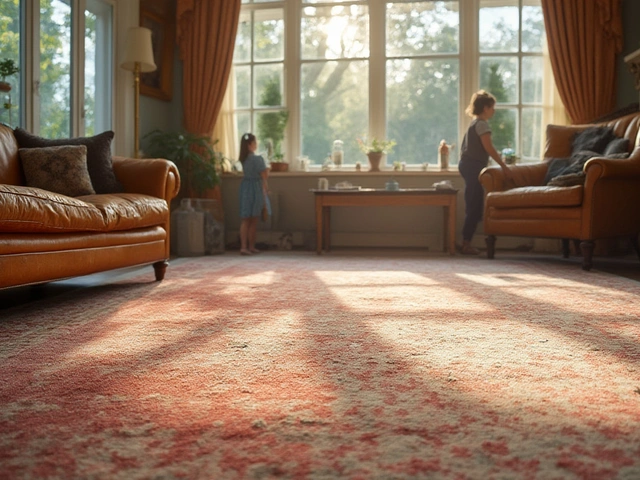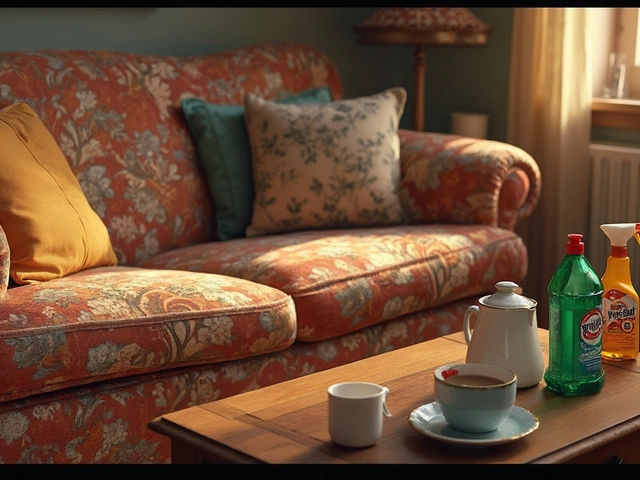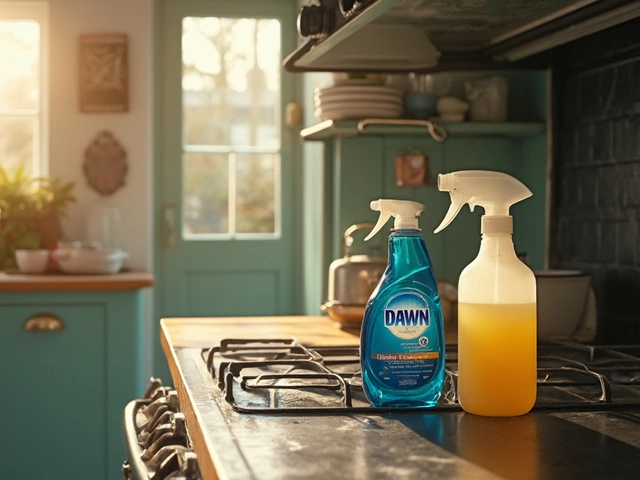Sperm Stains – Quick, Safe Removal Tips for Fabric and Upholstery
When dealing with sperm stains, protein‑based marks that show up on fabrics, upholstery and carpet fibres. Also known as bodily fluid stains, they need a gentle but effective approach because harsh heat or bleach can set the protein and make the spot permanent. Fabric cleaning is the broader practice that includes removing these marks, while upholstery care adds the challenge of working on softer, often delicate surfaces. Many people reach for Dawn dish soap because its mild surfactants break down protein without harming colours. Natural cleaners such as vinegar or baking soda can also help, especially when you want an eco‑friendly solution. This page pulls together the most practical advice so you can act fast and keep your textiles looking fresh.
Why sperm stains need special care
Protein stains behave differently from oil or dye stains – they coagulate when exposed to hot water, which is why the first rule is to use cold water. After you blot the excess with a clean cloth, rinse the area with cold tap water to dilute the proteins. Next, apply a small amount of a gentle detergent like Dawn or a dedicated enzyme cleaner; the enzymes actually eat away at the protein molecules. Work the solution in gently with your fingertips, let it sit for a minute, then rinse again with cold water. For cotton or white fabrics, a splash of white vinegar can neutralize any lingering odor, while a paste of baking soda and water helps lift the residue on tougher upholstery. Always test a hidden spot first to make sure the cleaner won’t fade the colour. If the stain survives the first round, repeat the process – persistence beats harsh chemicals.
Speed matters. The longer a sperm stain sits, the deeper it penetrates the fibres, making removal harder. Avoid using a dryer, iron or any heat source until you’re sure the spot is gone, because heat sets protein stains permanently. For delicate items like silk or lace, consider a commercial protein‑removing spray or take the piece to a professional cleaner who uses enzyme‑based treatments. When you’re cleaning sofas or car seats, keep a spray bottle handy with a diluted Dawn solution; mist it lightly, blot, and let it air‑dry. In most cases, a combination of cold water, a mild detergent and a little patience will restore your textiles to their original look without the need for aggressive bleach or harsh chemicals. Below you’ll find a curated collection of articles that dive deeper into DIY cleaners, enzyme cleaners, and safe upholstery care, giving you a toolbox of options for every surface you might encounter.
